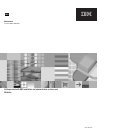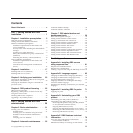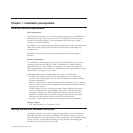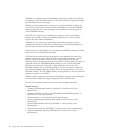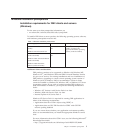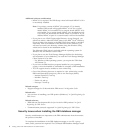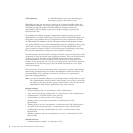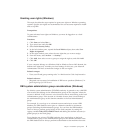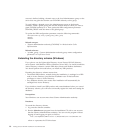
Chapter 1. Installation prerequisites
Disk and memory requirements
Disk requirements:
The disk space required for your product depends on the type of installation you
choose and the type of file system you have. The DB2 Setup wizard provides
dynamic size estimates based on the components selected during a typical,
compact, or custom installation.
On Windows
®
, you might require significantly more space on FAT (File Allocation
Table) drives with large cluster sizes than with NTFS (New Technology File
System) drives.
Remember to include disk space for required software and communication
products.
Memory requirements:
At a minimum, a DB2 database system requires 256 MB of RAM. For a system
running just DB2 and the DB2 GUI tools, a minimum of 512 MB of RAM is
required. However, 1 GB of RAM is recommended for improved performance.
These requirements do not include any additional memory requirements for other
software that is running on your system.
When determining memory requirements, be aware of the following:
v For DB2 client support, these memory requirements are for a base of five
concurrent client connections. You will need an additional 16 MB of RAM per
five client connections.
v Memory requirements are affected by the size and complexity of your database
system, as well as by the extent of database activity and the number of clients
accessing your system.
In DB2 Version 9, the new self-tuning memory feature simplifies the task of
memory configuration by automatically setting values for several memory
configuration parameters. When enabled, the memory tuner dynamically
distributes available memory resources among several memory consumers
including sort, the package cache, the lock list and buffer pools.
v On Linux
™
, SWAP space at least twice as large as RAM is recommended.
Related concepts:
v “Self tuning memory” in Performance Guide
Getting started with database authorities
Authorities provide a way both to group privileges and to control maintenance
and utility operations for instances, databases, and database objects. Users can
have administrative authorities that give full privileges on a set of database objects,
or they can have system authorities that give full privileges on managing the
system but do not allow access to the data.
© Copyright IBM Corp. 1993, 2006 3



